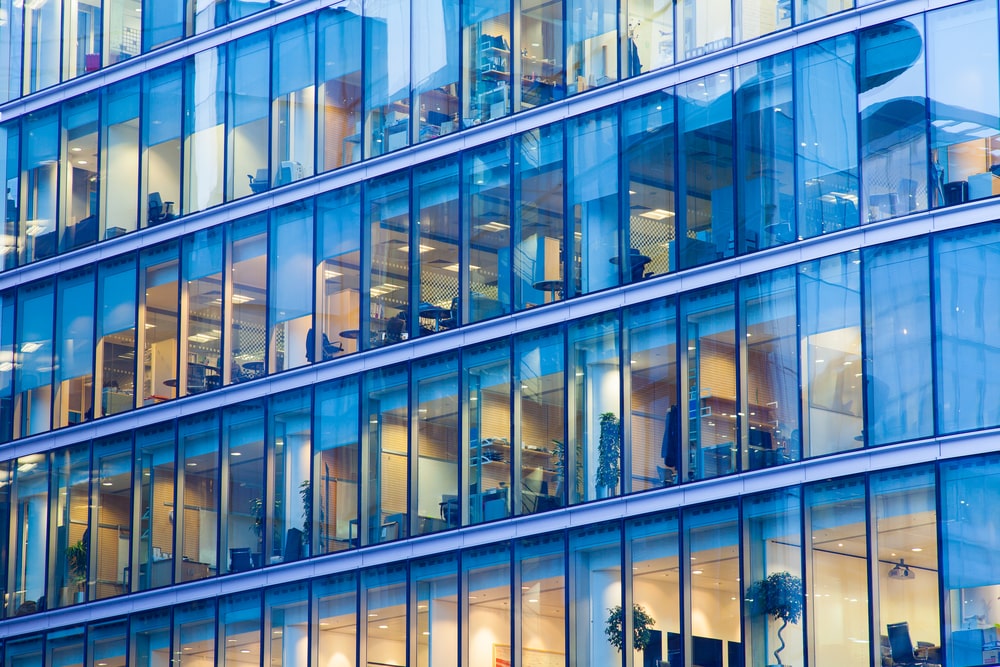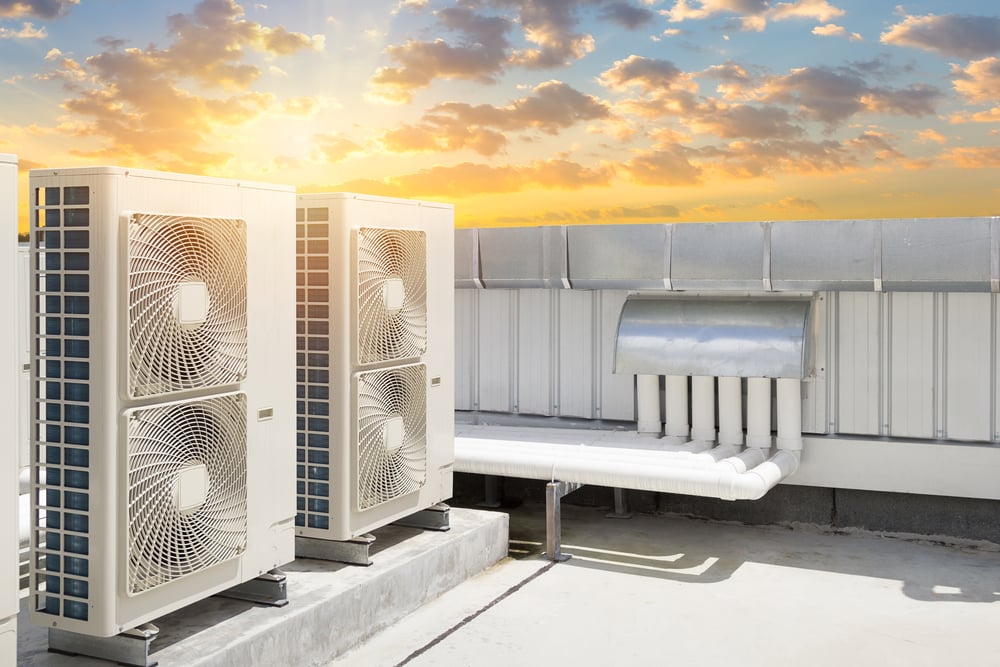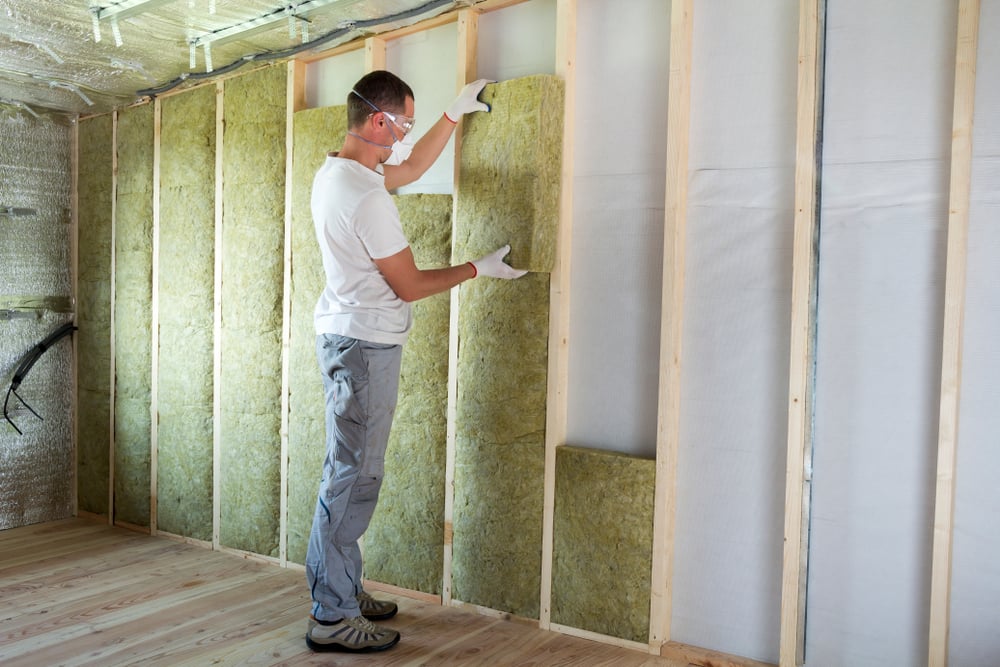Air conditioning is necessary to keep building interiors comfortable during the summer, but it also results in high energy bills for many homeowners. Ideally, AC systems should operate as efficiently as possible without affecting comfort and temperature control.
There are many types of air conditioning systems , and the best option varies according to the needs of each project. Comfort and efficiency improve when cooling systems are designed to each building's unique requirements.
Are you planning a construction project or major renovation? Get professional air conditioning design.
The air conditioning system must have operational flexibility to follow the building's schedule and its physical layout must be optimized for the available space. Considerable energy savings can be achieved by purchasing equipment with high rated efficiency, and having adequate insulation and airtightness also helps.
1) Your air conditioning project must consider the operation schedule

Some buildings are used by a single company, which means that all areas have the same opening hours. There are also cases where tenants are dedicated to different businesses and each space has different opening hours. There are also mixed cases, where large common areas are subject to the same schedule, combined with unique spaces that have independent schedules.
- Operating hours must be considered when designing an air conditioning system.
- For example, if a central air conditioning system is used in a building with many different schedules, cooling energy is wasted on unused spaces.
- Even if the central AC unit has very high efficiency, the electricity bills will be high.
Some buildings are used by a single company, which means that all areas have the same opening hours. There are also cases where tenants are dedicated to different businesses and each space has different opening hours. There are also mixed cases, where large common areas are subject to the same schedule, combined with unique spaces that have independent schedules.
- Operational schedules must be considered when designing an air conditioning system .
- For example, if a central air conditioning system is used in a building with many different schedules, cooling energy is wasted on unused spaces.
- Even if the central AC unit has very high efficiency, electricity bills will be high due to unused capacity. Some units can run at partial production, but this will often have a detrimental effect on efficiency.
Central air conditioning systems are recommended when the entire building operates at the same time, while unitary systems are a better option when there are areas that open and close at different times. In cases where there are common areas, it may make sense to use a central air conditioning system sized for them and smaller independent systems for tenant spaces.
2) The AC system must be suitable for the layout of your building

The physical characteristics of a building also determine the ideal AC configuration. For example, direct expansion systems cool air directly and air handlers are then used for distribution. However, this design is impractical for high-rise buildings as cold air cannot be supplied effectively across vertical distances. Hydronic AC systems are recommended in these cases as chilled water can be easily pumped to upper floors.
In general, air distribution is effective for horizontal distances, while hydronic systems are preferred when vertical distances are involved. Otherwise, it would be necessary to have a separate refrigeration unit for each floor. Although this is feasible when a building has few levels, it becomes very expensive in a tall building.
3) Look for AC units with the highest energy efficiency rating available

Using the right AC system for your building is important, but you should also look for the highest energy efficiency rating available. The specific metric changes depending on the type of AC unit, but greater efficiency always leads to lower energy bills.
Mini-split units and heat pumps in cooling mode use the Seasonal Energy Efficiency Index (SEER), while integrated rooftop units use the Integrated Energy Efficiency Index (IEER). The efficiency of cooling plants is described in kilowatts per ton of cooling capacity (kW/ton), or using the Integrated Partial Load Value (IPLV). Finally, ground and water source heat pumps typically use a Coefficient of Performance (COP).
With SEER, IEER, IPLV and COP, a higher value indicates greater efficiency. The only exception is when kW/ton are used for chiller efficiency, where a lower value indicates higher efficiency. For example, a SEER 30 mini-split consumes less energy than a SEER 20 unit, while a cooling plant that consumes 0.6 kW/ton is more efficient than one that consumes 0.9 kW/ton.
4) Building envelope: insulation and airtightness improve cooling efficiency

Even if you get professional AC design and purchase the most efficient equipment, your electricity bills can increase due to air leaks or poor insulation. This forces the AC system to work harder, especially on hot summer days, as more cooling power is needed to offset heat gains. An energy-efficient building envelope can reduce heating and cooling costs, saving energy year-round.
The highest possible cooling efficiency is achieved when your air conditioning system is designed according to your building's schedule and physical layout, the cooling units have a high efficiency rating, and your building is airtight and well insulated.

